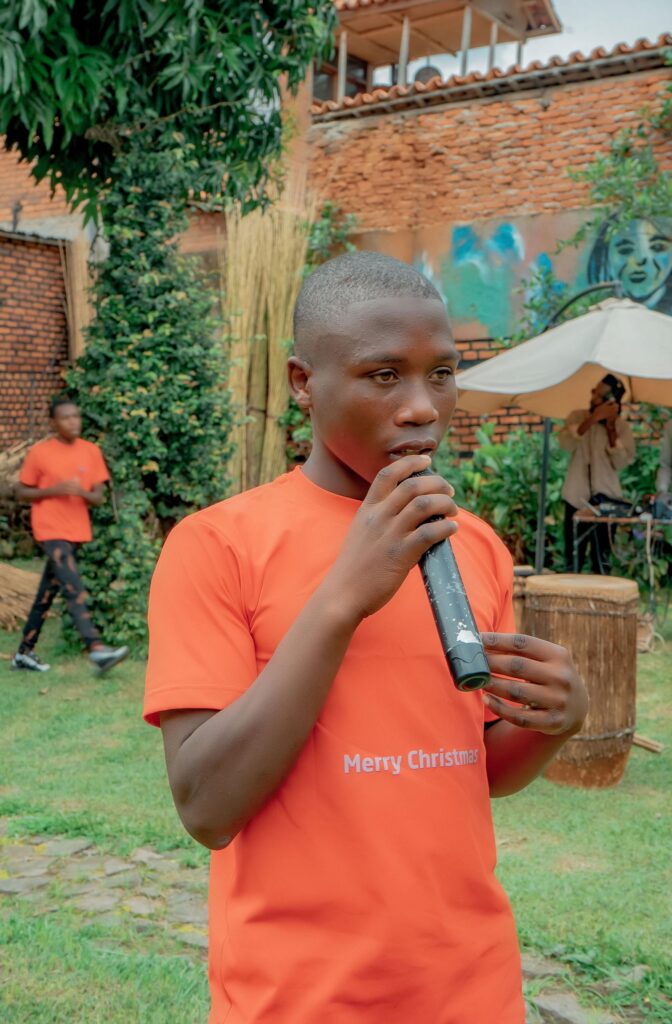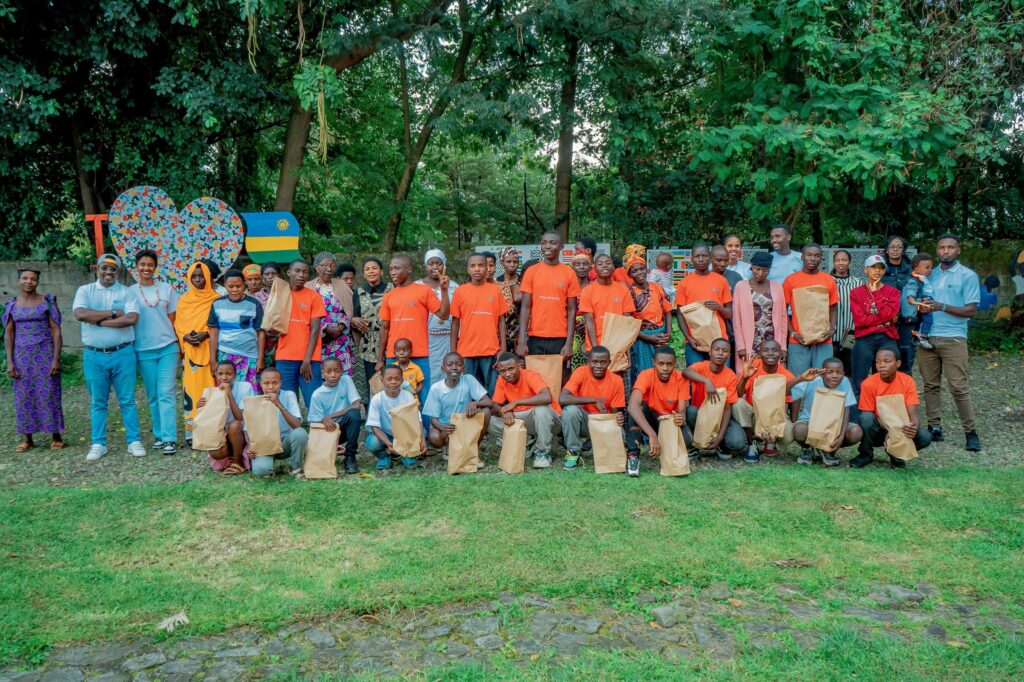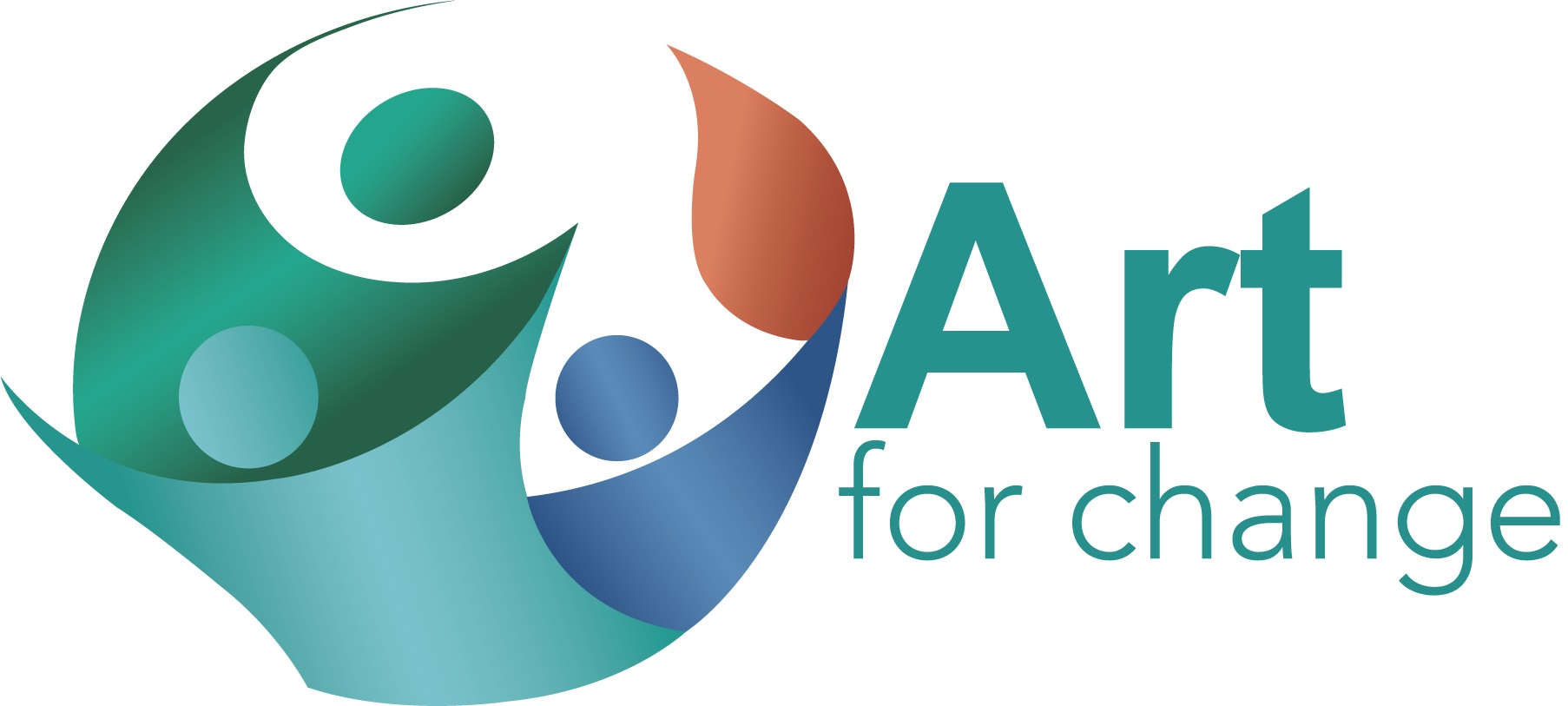
Our Mission
To rebuild the lives of children on the streets, restore and reconcile them with their families, empowering them to become productive.
Our Vision
Children formally living on the streets holistically transformed into productive and responsible persons in society.
Our History
Art for change Rwandan street children it’s non profit organization was formed in 2020 during the pandemic of Covid by Hodari Olivier a well established visual artist having found the need to find solutions to the pressing issues in his community. Hodari he started to shared with them different ideas by using painting , drawing,hand craft in order to show them They have different talents and they have to share with others in our communities . He showed them they are hope for the future. They started expressing their feelings and shared their stories by using the painting. Our original goal was to create educational and vocational opportunities for artistically gifted youth living on the streets of Musanze. However, our focus quickly shifted when we saw the dire conditions street life created for each child. In response, we created an arts program that provides restorative creative care for children living on the streets focusing our efforts in Musanze the touristic town to provide basic needs. Since our founding, we have committed ourselves to rescuing children through street outreach in our city, we seek to serve children in extremely critical circumstances who have little or no external assistance. Using drop-in center staff we identify children in crisis and create a plan of action to remove them from street and give them skills.

CAUSES
Children end up on the streets for a number of reasons. Many of the children we work with are from vulnerable families, and others have left their homes to flee unsafe conditions in their villages. Others have done so because their families live in severe economic distress, either in rural villages or city slums, and are unable to care for them. Often parents in extreme poverty will encourage older children to leave home to find ‘work,’ including begging, selling scrap materials for recycling, or prostitution. Many who flee extreme poverty to join street life often do so under the impression that it will provide them with more opportunities and economic advantages than their home lives.
EFFECTS
Life on the streets proves to be treacherous for children who find themselves without a place to call home. These children become extraordinarily resourceful and resilient in order to survive. They form and function to satisfy a much needed sense of ‘belonging’ for children without families or other support systems, and are accordingly trapped in cycles of criminal activity and violence. At one point or another, many turn to substance or drug abuse in order to endure the harshness of the streets, whether that be starvation, threat of violence, sex trafficking or hazardous weather conditions (extreme cold, rain storms, etc.).


Overlooked by society, street children are at best disregarded and at worst dehumanized. Because they lack identification documents, street children are often targeted in ways that perpetuate gross abuses of human rights. Most street children are subjected to, or at a minimum have witnessed, unreported police brutality (shootings, chain whippings, sexual violence). Others have been forcibly removed from the streets by police officers in ‘round-ups’ and taken to ‘youth detention centers’ that fail to meet international human rights standards. In order to feed themselves, many children will work in unsafe and exploitative environments that expose them to the dangers of child labour, sex slavery and human trafficking. In Rwanda the prevalence of witchcraft also makes street children targets for kidnappings and child sacrifice rituals. For ‘unregistered’ children (those lacking proof of birth or identity), all are susceptible to abduction in one form or another because there is no proof of the child’s existence before their disappearance.
